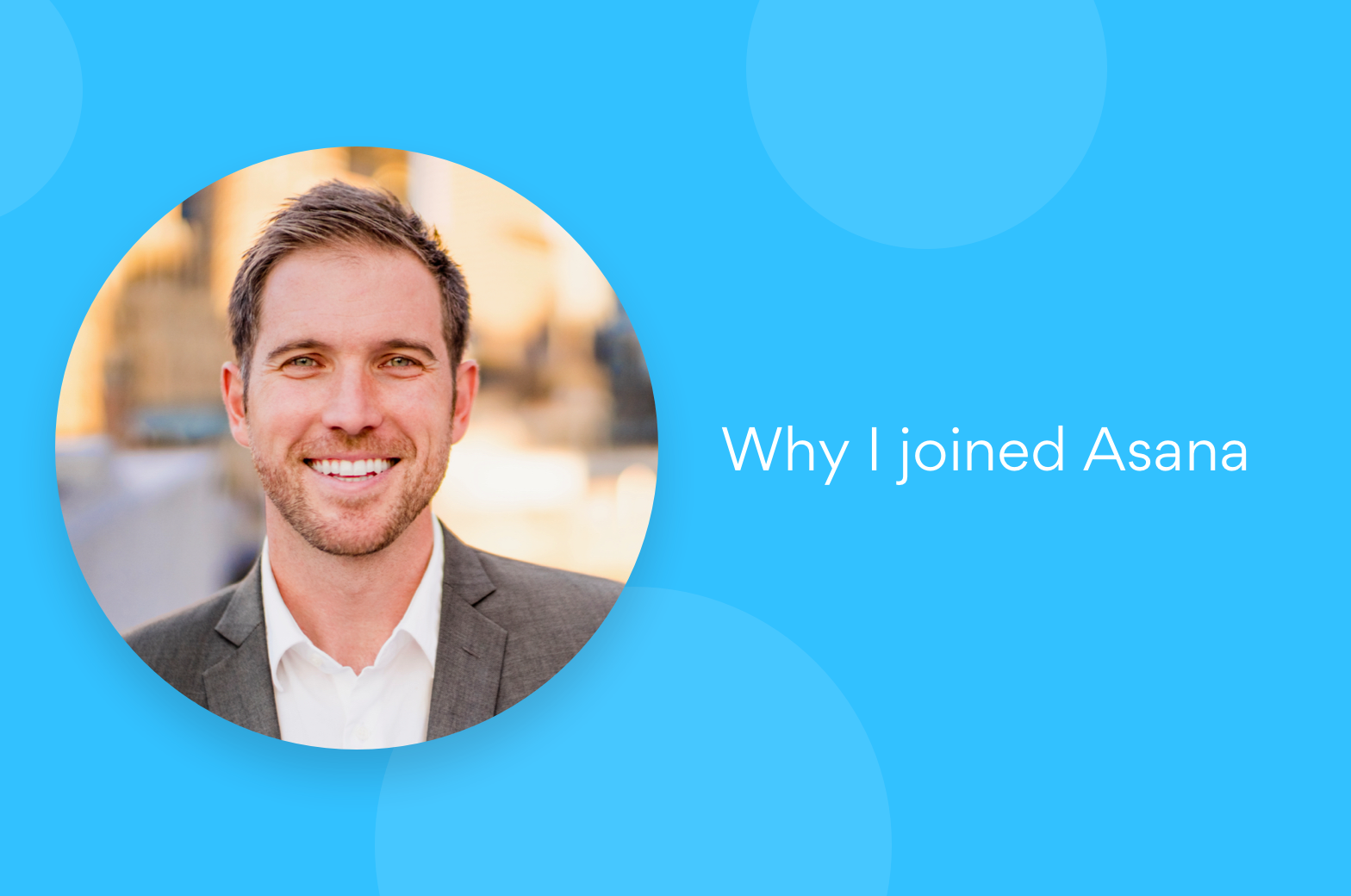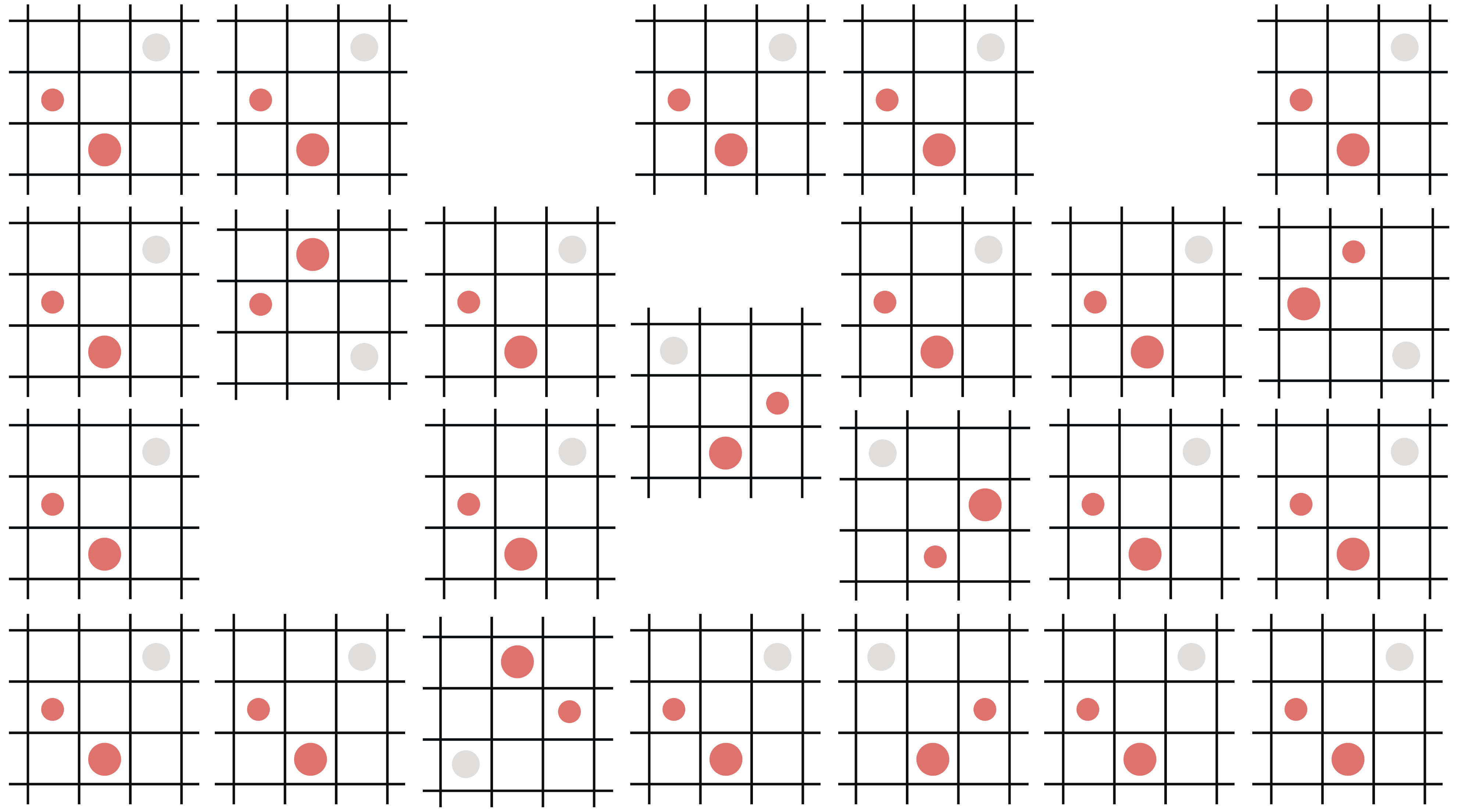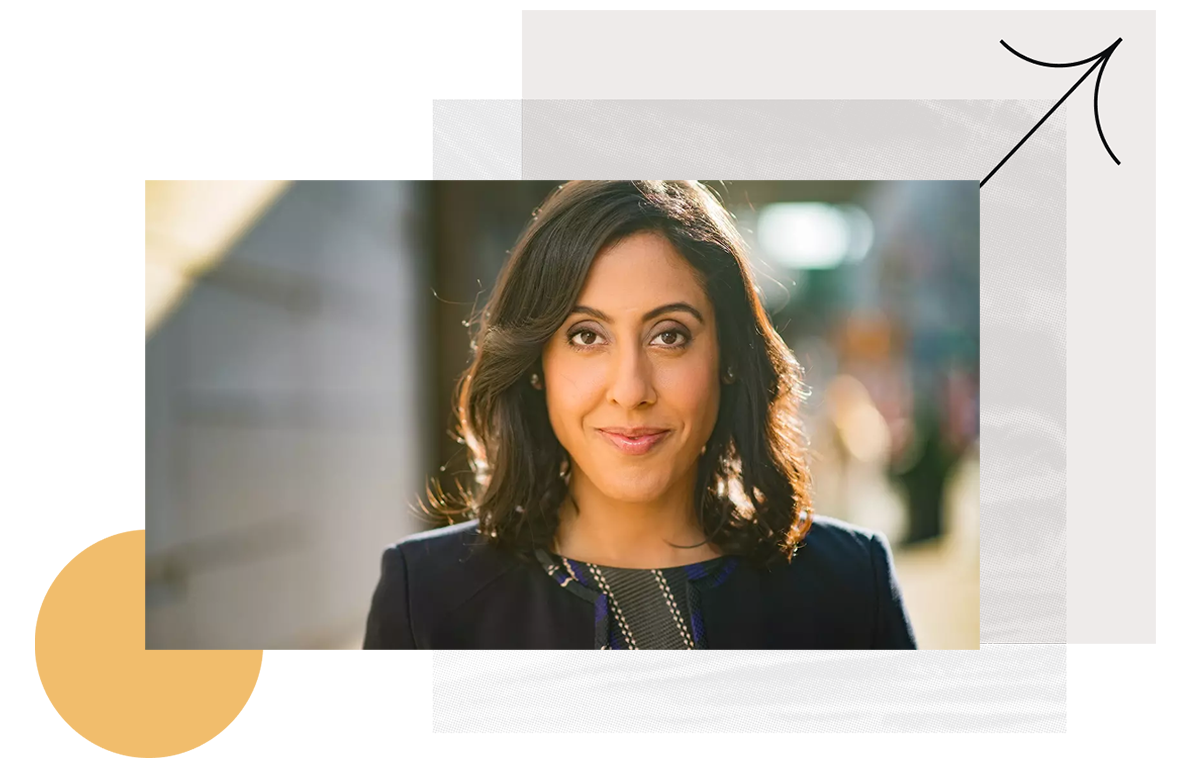Why I joined Asana: Mark Arnoldy, Head of Customer Success

Welcome to our monthly series, “Why I joined Asana”! Every month, we talk with Asanas across our teams and offices—from Dublin to Sydney—to get to know the people inside the company and learn why they chose to work here.
Our customers mean the world to us. They’re the embodiment of our mission, which drives the work we do every day. We were thrilled when Mark Arnoldy, former CEO of Possible and one of our biggest customer champions since 2011 decided that he wanted a change from the healthcare space to join Asana and help all teams work together effortlessly.
Mark Arnoldy is now the Head of Customer Success in our San Francisco office, leading a growing team that aims to empower our customers to adopt and realize value with Asana. Read more about Mark and his journey from being an Asana customer to becoming a part of #teamasana.
How did you become interested in working at Asana?
A really interesting story! I was previously the CEO of a global health organization, Possible, that designs, builds, and scales healthcare models to improve the health of underserved communities in Nepal. I remember finding out about Asana’s CEO Dustin Moskovitz through his foundation, Good Ventures, in 2011. I looked into Asana and started using it at Possible.
I ended up onboarding every single team member we ever hired (350+) using Asana. Over time, it became the single source of truth for everything we did, from writing grants to running meetings to tracking patient care. I always felt that introducing and building Asana as our core work management tool was one of the best decisions I ever made as a CEO.
I held a deep respect and admiration for Asana’s leadership and culture, and as I thought about not only what I wanted to achieve but who I wanted to become, I knew it was the right next step for my career.

What team are you currently on, and what are some of the most interesting aspects of your role?
I lead the global Customer Success team, a team of nearly 40, with a mission to empower our customers to adopt and realize value with Asana. Customer Success is still a pretty nascent, quickly evolving business function in the SaaS world, which I really relish. The reality that CS is still such a young function in many regards allows for great latitude to be entrepreneurial, innovative, and shape the function with distinctive contributions. What’s unique about the role at Asana (owing to our business model) is we get the opportunity to think about how to both build and support champions within some of the most influential businesses in the world and how to scale human interactions that serve our really big base of smaller customers.
What are you most excited for as you grow in your role at Asana?
There are 3 things I’m most excited for at Asana:
- Developing as a leader through CLG: One of the more distinctive pieces of the Asana culture is the Conscious Leadership Group training. The ideas contained in the 15 Commitments of Conscious Leadership book and training are the most valuable ideas on leadership I’ve ever received. I’m grateful this continues to serve as a special kind of glue and common language among Asanas, even as we scale.
- Learning from and supporting our customers through global expansion: I can’t wait for us to learn from navigating the chaos of multiple cultures, time zones, markets, and matrix management. We’re already well into being a global company, but solving the challenges that lie in the journey ahead by using our own product and then sharing those product use cases and lessons learned with our customers really excites me. Global work with high complexity is the perfect challenge for Asana to tackle and master.
- Scaling our Asana for Nonprofits work: This is an obvious one for me! I’ve spent most of my career growing teams working to get life-saving and life-changing services to people in need. Helping accelerate the work of courageous advocates and changemakers at scale to make the world more equitable, just, healthy, and sustainable is the real essence of Asana’s mission.

What’s it like to use Asana the product everyday?
Imagine this: There hasn’t been a work day without Asana for me since 2011, so I answer this question the way I hope our customers feel: After using Asana, I can no longer remember my work world before it, and I can’t imagine a future without it.
What was your journey to becoming a Head of Customer Success?
I experienced what it was like to build an organization using Asana, and I believed so much in its power I wanted to support others to do the same. I saw nearly all my discretionary effort as CEO go into using Asana the product and Asana the philosophy to improve our work. I volunteered time at conferences and on airport phone calls to help peers implement Asana in their teams. I implored every close friend to get on board for their own good. No referral codes! No master plan to apply for a job at Asana someday! I was just an organic evangelist.
As a result of using Asana since 2011 and building a company with the product, I had one thing in abundance: customer empathy. And as we work to build a Customer Success team that puts the customer first in everything we do, that empathy is something I call on frequently.
What principle or value have you carried with you along the way, and where did you first hear it?
My personal mantra is, “It’s better to be curious than right.” I believe curiosity and humility quiet the ego, broaden our sense of responsibility, improve our decision-making, and enable us to build trusting relationships. Edgar Schein, who wrote the book Humble Inquiry, defines it as, “The fine art of drawing someone out, of asking questions to which you do not know the answer, of building a relationship based on curiosity and interest in the other person.” This notion of humble inquiry is perhaps more influential than any other idea around how I think about Customer Success. I believe it takes this mentality to treat each customer as a unique human worthy of unique attention.
I couple that with an idea passed to me by a former colleague from the Bhagavad Gita, paraphrased as, “You’re obligated to the battle, but not entitled to the fruits.” I really appreciate this wisdom, and it has helped me get through tough periods by focusing on process vs. outcome, being clear about what’s in my locus of control vs. outside of it, and practicing non-attachment to the fruits of hard work. I find the shorthand of “battle, not fruits” to be comforting in times of challenge.

If you could give someone new to Asana one piece of advice, what would it be?
Adam Grant recently shared an insightful tweet differentiating between ambition (what we want to achieve) and aspiration (who we want to become). My advice to new Asanas would be to take full advantage of the very rare opportunity of being in a company that is deeply supportive of maximizing both your ambitions and aspirations. Be self-reflective and vocal with your colleagues about who you want to become as a result of your time at Asana, and the support and resources will start flowing to you. It’s a true gift to be able to deliberately develop into a better version of yourself in the modern workplace.
We’re looking for passionate, creative people to enable our customers to work together with less effort. Come work with our 60,000 (and counting) paying customers on our Business team!

